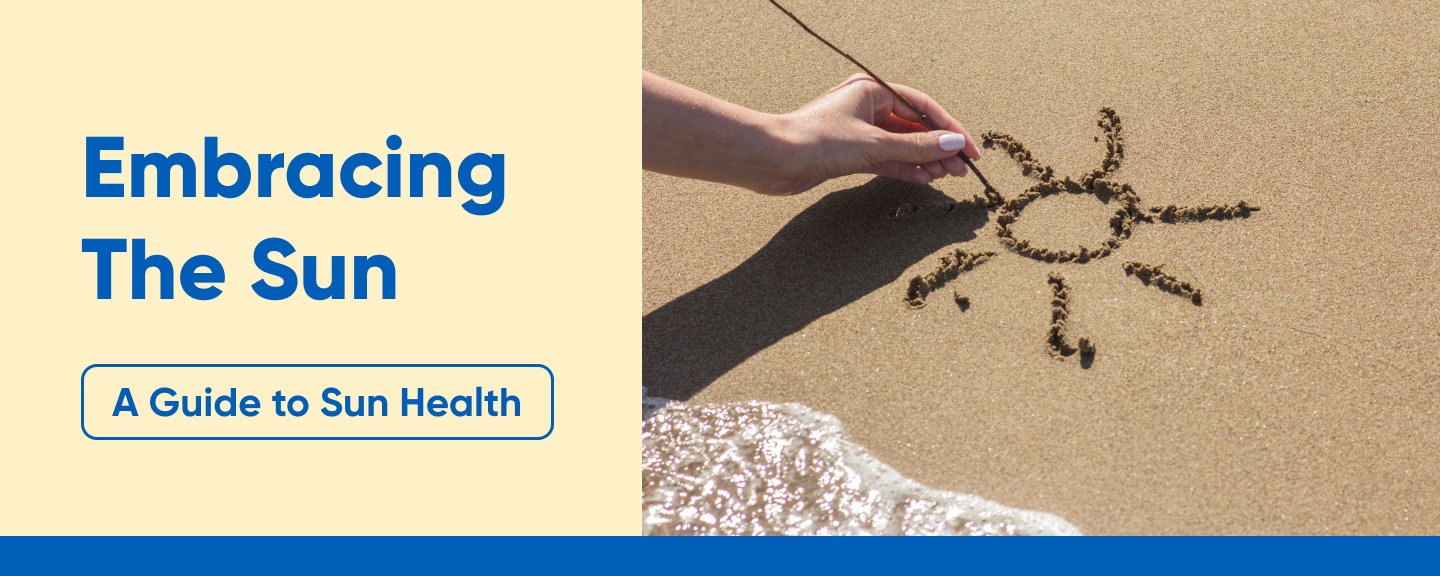Embracing the Sun: A Guide to Sun Health

Introduction
The sun, a powerful source of energy, plays a crucial role in our lives. It regulates our sleep patterns, supports plant growth, and significantly impacts our health. However, while the sun can be beneficial, overexposure can lead to serious health issues. Understanding how to harness the benefits of the sun while protecting yourself from its harmful effects is essential for maintaining optimal health. This guide will delve into the multifaceted relationship between the sun and our well-being, offering tips on how to enjoy the sun safely.
The Benefits of Sun Exposure

- Vitamin D Production: Sunlight is a natural source of Vitamin D, essential for bone health, immune function, and mood regulation. Just 10-30 minutes of midday sun several times per week can help maintain adequate Vitamin D levels, depending on your skin type and location.
- Mood Enhancement: Sunlight triggers the release of serotonin, a hormone associated with improved mood and feelings of well-being. This is why spending time outdoors can help alleviate symptoms of depression and anxiety.
- Improved Sleep: Exposure to natural light during the day helps regulate our circadian rhythm, the body’s internal clock. This can lead to better sleep quality and a more consistent sleep schedule.
- Skin Health: In controlled amounts, sunlight can help manage certain skin conditions such as psoriasis, eczema, and acne. However, it’s important to balance sun exposure to avoid skin damage.
The Risks of Sun Exposure

- Skin Cancer: Prolonged and unprotected exposure to ultraviolet (UV) rays increases the risk of skin cancer, including melanoma, the most dangerous form. It’s crucial to protect your skin with sunscreen, clothing, and shade.
- Premature Aging: UV radiation accelerates the aging of the skin, leading to wrinkles, fine lines, and sunspots. Consistent protection can help maintain youthful skin.
- Eye Damage: UV rays can harm your eyes, leading to conditions such as cataracts and macular degeneration. Wearing UV-blocking sunglasses is essential to protect your vision.
- Heat-Related Illnesses: Excessive sun exposure, especially during hot weather, can cause heat exhaustion or heat stroke. Staying hydrated and seeking shade are vital during intense heat.
Tips for Safe Sun Exposure

- Use Sunscreen: Apply a broad-spectrum sunscreen with an SPF of at least 30 to all exposed skin. Reapply every two hours, or more often if swimming or sweating.
- Seek Shade: Avoid direct sunlight during peak hours (10 a.m. to 4 p.m.). Use umbrellas, trees, or other shade structures to protect yourself.
- Wear Protective Clothing: Long-sleeved shirts, wide-brimmed hats, and sunglasses can provide a physical barrier against UV rays.
- Stay Hydrated: Drink plenty of water to prevent dehydration, especially during hot weather.
- Monitor Your Skin: Regularly check your skin for any changes, such as new moles or growths, and consult a dermatologist with any concerns.
Conclusion
The sun is a double-edged sword, offering both vital health benefits and potential risks. By understanding how to safely enjoy the sun, you can reap its rewards while minimizing its dangers. Embrace the sunlight wisely, and let it brighten your life in the healthiest way possible.
Remember, moderation is key. Too little sun can lead to deficiencies and mood disorders, while too much can cause severe health issues. Striking a balance is essential for maintaining sun health. So, step outside, soak up the sun responsibly, and enjoy the myriad benefits it has to offer.








